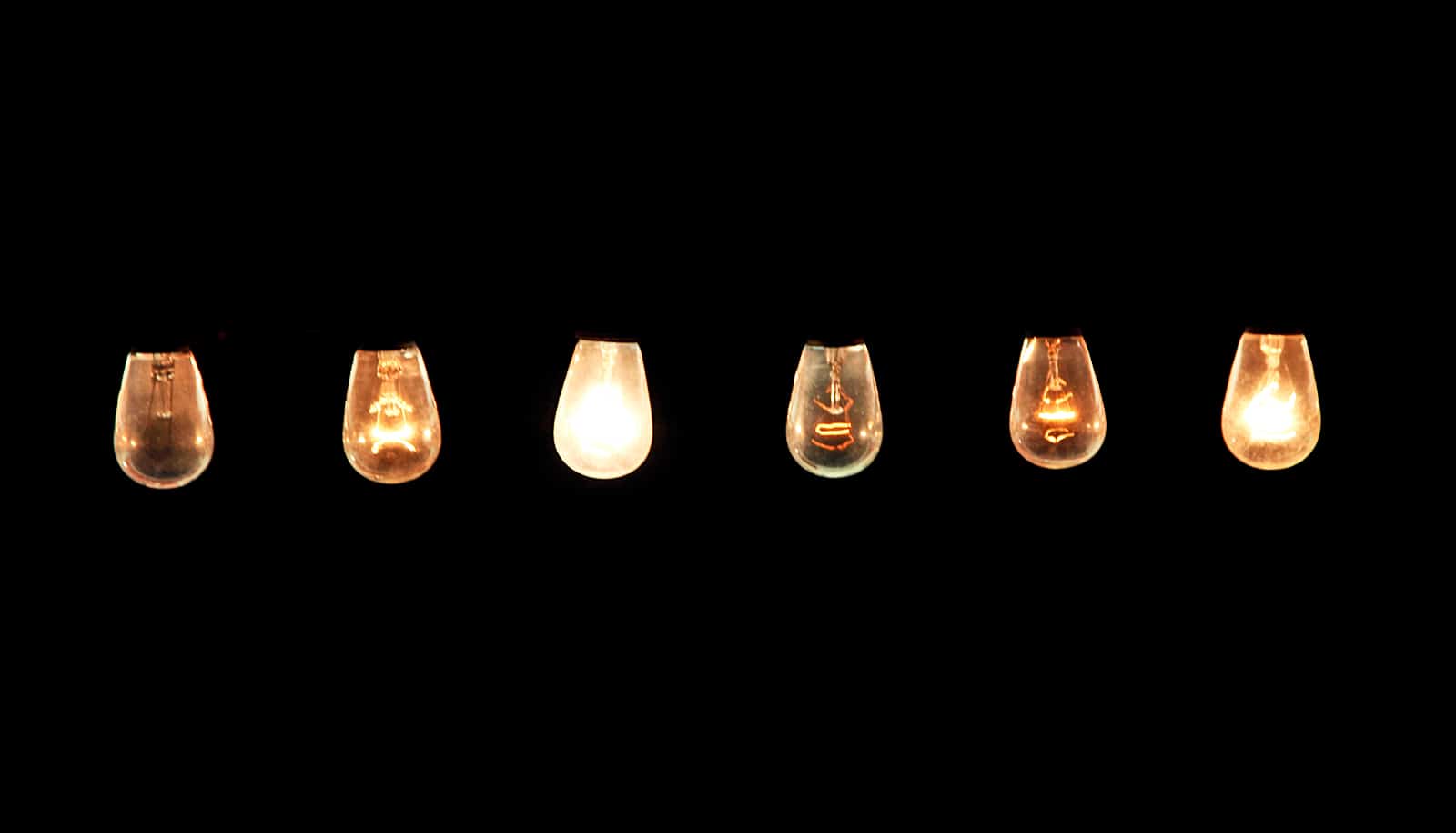Even years after natural disasters occur, the complete costs of major power outages remain unknown, according to a new report.
The findings come as lawmakers grapple with the aftermath of a generational snow and ice storm that knocked out electricity, heat, and water to millions of Texans for the better part of a week.
Researchers studied major outages that weather events in Texas and five other states caused in recent years. In addition to Hurricane Harvey in Texas, the researchers examined Hurricane Sandy in New York, a series of hurricanes in Florida, wildfires in California, a derecho storm event in Maryland, and snow and ice storms in New Hampshire.
In each instance, the costs of repairing the electrical grid were clear and well documented. But, these estimates lacked the costs to consumers who sat without power for days at a time and businesses unable to continue operating.
“We have a very incomplete picture of the full economic cost of big power outages,” says study coauthor Ben Leibowicz, an assistant professor at the University of Texas at Austin Cockrell School’s mechanical engineering department.
“Very relevant to the recent blackouts in Texas, we find that people aren’t really estimating the costs borne by electricity customers of being without power for a long period of time.”
Regulations play an important role in this information disparity. The data for grid repairs is so robust in the Texas case study, which focused on two utilities responding to Hurricane Harvey in 2017, because the utilities had to convince regulators of the need to raise rates to recover their costs.
This process in Texas involves hearings, which are sometimes contested. Utilities have to supply significant data to justify charging more.
Texas, and many other states, don’t have regulations in place that mandate that utilities consider human and business interruption costs from effectively being shut down for extended periods due to power outages. According to the report, these costs don’t have a direct impact to the utilities themselves, so there’s no incentive to take them into account.
Options exist, however, to understand costs customers face due to shorter duration outages lasting 24 hours or less. Researchers at the Lawrence Berkeley National Laboratory created a tool that estimates these costs. But, Leibowicz says, this type of tool does not consider the indirect costs—ripple effects across the broader economy—or the impact of longer outages.
Because utilities aren’t required to consider the human and societal implications of major outages, they’re not getting the full picture of costs and benefits of significant infrastructure investments, Leibowicz says.
“It’s easy to imagine that utilities are under-investing right now because they are only factoring in part of the costs and benefits,” he says. “If we could get them to internalize the broader cost to customers and society into their decision-making, then we might see quite a bit more investment in grid resilience.”
The US Department of Energy’s Office of Electricity funded the report, published in November in Energy Technologies Area Publications.
Source: University of Texas at Austin


